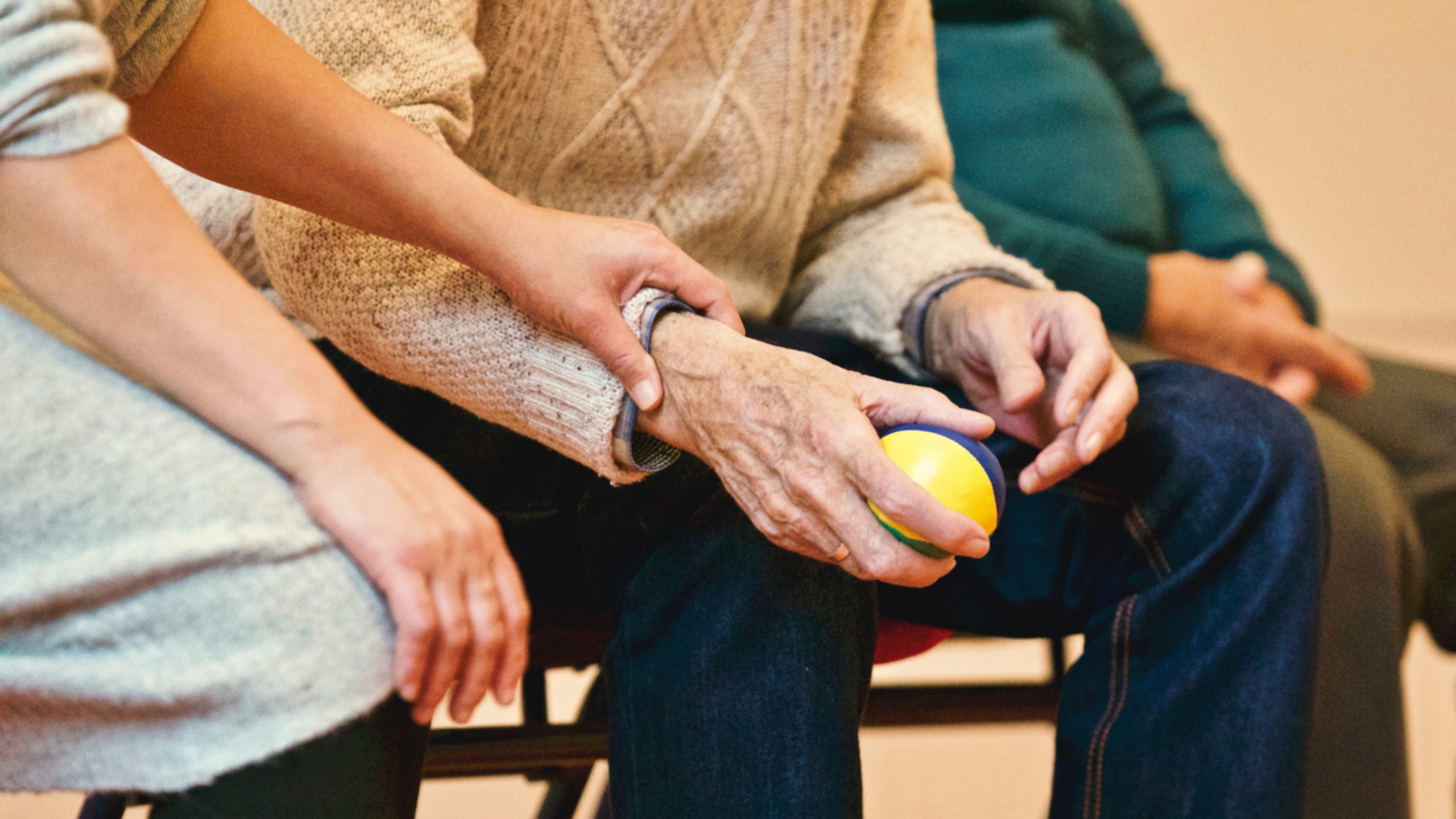What is hospice care and how to get ready for the inevitable?
 Are you wondering what hospice care is all about? A lot of people have been receiving this care in these modern times. Sadly, the numbers are also continually rising because of the pervasiveness of terminal cancer and other deadly diseases. However, despite the prevalence of this service, many people still have many lingering misconceptions about what hospice care is all about and who exactly can benefit from this kind of care.
Are you wondering what hospice care is all about? A lot of people have been receiving this care in these modern times. Sadly, the numbers are also continually rising because of the pervasiveness of terminal cancer and other deadly diseases. However, despite the prevalence of this service, many people still have many lingering misconceptions about what hospice care is all about and who exactly can benefit from this kind of care.
If you’re curious about this service and want to learn more, keep on reading this article. It tackles the most frequently asked questions about this subject matter, allowing you to learn the truth. When you educate yourself with facts, you can make more sound decisions. Learning about hospice care matters a great deal as it allows you to stay prepared for any eventuality.
After all, as harsh as it may sound, death is an inevitable fact of life that no one can escape. And staying prepared is the biggest act of love you can do for your loved ones because you won’t leave them in turmoil during trying times. Getting your information and facts straight makes a big difference. Let’s get started:
What is Hospice Care About?
Hospice is a kind of care provided for those people who are nearing the end of their life. It is not grounded on a specific location so you don’t have to be in a facility to experience this care. In fact, it can be delivered anywhere, so it can even be given in your own home or the place of someone you love.
However, should it be necessary, you can also get this care in a skilled nursing home or a residential care facility. The primary purpose of this service is to manage pain, alleviate symptoms, and minimize the suffering of patients who are near the end of life. Hospice care providers are skilled and trained to carry out their duties to ensure that your loved one’s quality of life will not decline during their last days on earth.
The goal is to give compassionate care to the patient as well as their loved ones to ease the blow of the impending end. Most of all, there’s an objective to provide exemplary services to uphold a dignified life up until the end comes.
How Does a Person Get Into Hospice Care?
Typically, a patient’s physician will make the referral when the diagnosis of ailments is terminal in nature. When proactive treatments no longer work and the quality of life suffers, doctors have to make the hard call of recommending palliative treatment (alleviating pain and other symptoms) and not curative treatment.
This is where hospice care comes into play. Families may have preferences that they can discuss with the doctor. The patient, at times, also has opinions or has made pre-arrangements regarding the matter. So it is just a matter of contacting a facility or an at-home care provider.
Who is Hospice Intended For?
Hospice care is available for people of all ages, whether young or elderly. That being said, most people on this care plan are older. However, young adults and even children who have terminal cancer or other illnesses can receive hospice care. Usually, the doctor will recommend this care when the patient has 6 months or less to live and the patient’s health is rapidly declining.
Moreover, the patient and family are ready to forgo the curative treatments so the sick person can live out the rest of his or her life more comfortably. When health solutions only prolong a person’s agony, seeking hospice care is the more dignified answer. Hence, it is not unusual for someone receiving hospice care or the family members taking care of the sick to think about end of life plans and final disposition methods, whether traditional burial or direct cremation services.
Is Entering Hospice the Same as Giving Up?
Hospice is not giving up. Instead, it is providing comfort and care with the intention of upholding the dignity of life. Hospice is appropriate for patients who can no longer find a cure for a terminal illness. Usually, doctors agree that procedures and medications no longer work and the patients have only a few months to live. Some also opt for hospice because they want to stop different treatments and live out the rest of their lives with quality.
Getting hospice treatment does not mean you are quitting life. Instead, you’re opting for something more for a person who has been told by science that nothing can be done. Patients who opt for alleviating symptoms instead of finding a cure can sometimes even live a longer, happier life upon entering hospice. That being said, palliative care or treating symptoms can be one of the components of hospice care.
Bear in mind, these two terms are related but not the same. Palliative care is also known as comfort care, which can happen even after the diagnosis of a health condition. However, hospice care has a more final prognosis, with death on the horizon. As the family members who watch over your terminally-ill loved one, there’s a strong desire to make the last few moments comfortable and memorable. Do what you can to make the most out of the remaining precious time so it will be meaningful.








